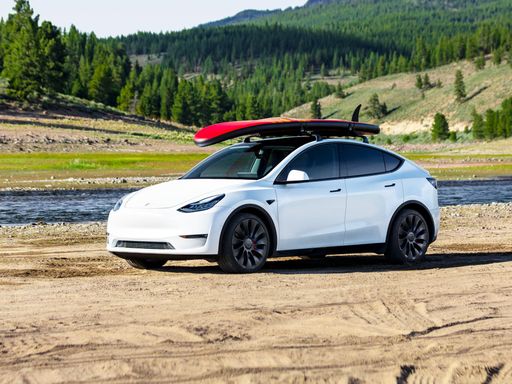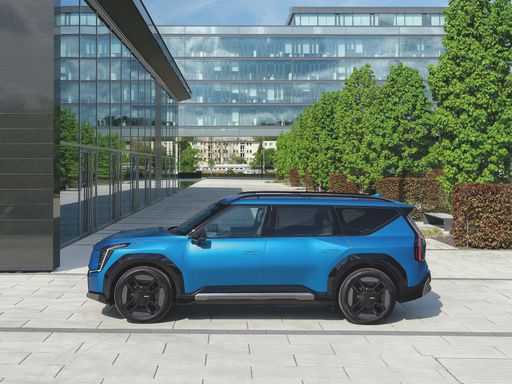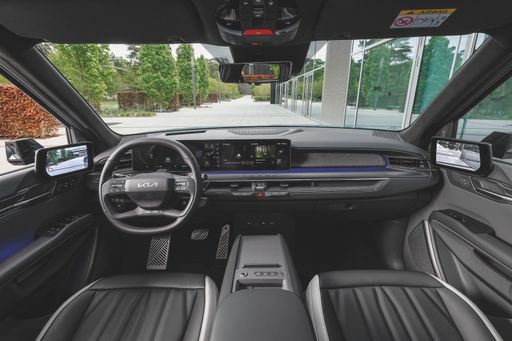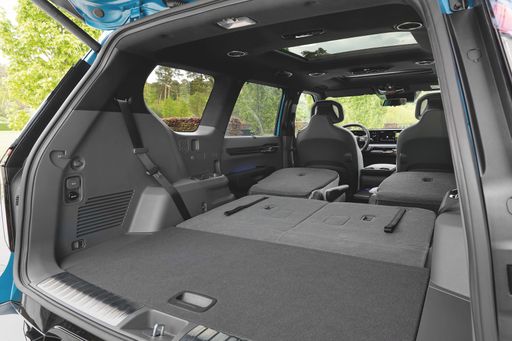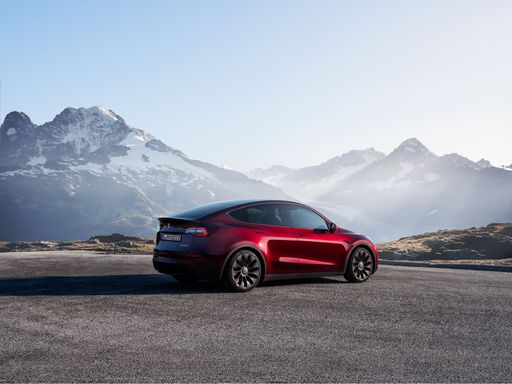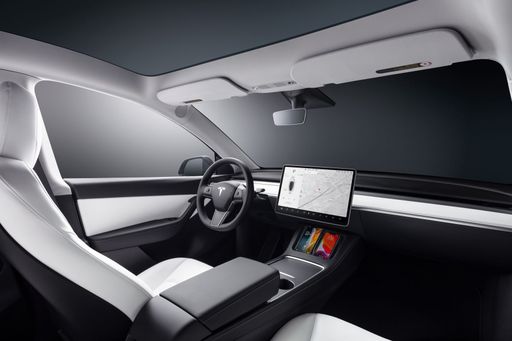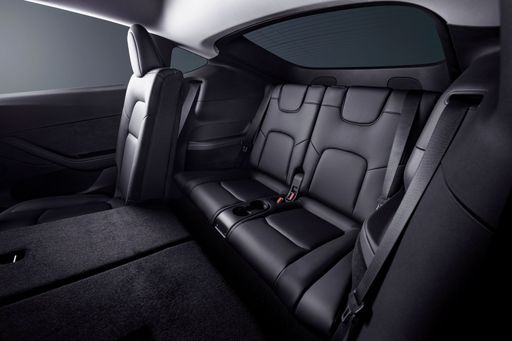A Head-to-Head Battle: Kia EV9 vs. Tesla Model Y
As electric vehicles increasingly dominate the automotive market, the competition is heating up between various models. Among the standout options are the Kia EV9 and the Tesla Model Y, both of which offer exceptional features and performance that cater to the modern driver. In this article, we delve deeper into their technical specifications and innovative features to understand which SUV brings more to the table.

